Story of Nantong (Volume XV) – Intangible cultural heritage
Intangible cultural heritage is an important symbol of a country's historical and cultural achievements.
Nantong currently has one ICH item on UNESCO's Representative List of the Intangible Cultural Heritage of Humanity, 12 national-level ICH items, 53 provincial-level ICH items, and 125 municipal-level ICH items. In total, it is home to 288 inheritors of ICH items, including seven for national-level items and 41 for provincial-level items.
The national-level ICH items in Nantong include traditional music Mei'an guqin and Haimen folk song, traditional dance tiaomafu, and traditional opera Tongzi Opera.
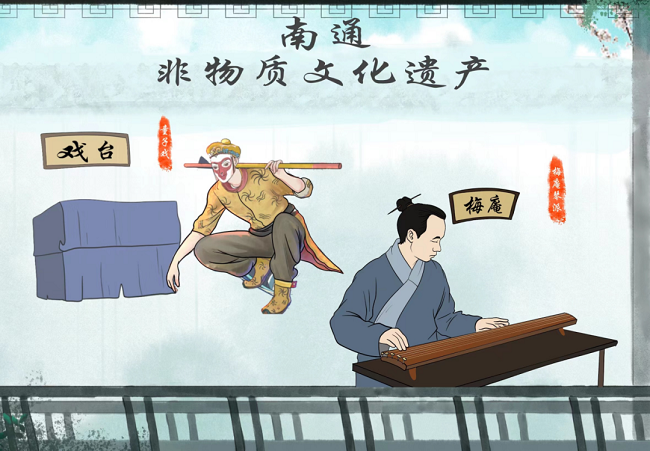
Guqin was the first item in China to be included on the Representative List of the Intangible Cultural Heritage of Humanity by UNESCO. The Mei'an School is an important school of guqin art, represented by Nantong native Xu Lisun. The Mei'an guqin art changed the traditional style of guqin music by highlighting performing techniques and melodies.
Haimen folk songs were mainly developed in Haimen and share the same roots with Wu songs popular in the Jiangnan region. Haimen folk songs are sweet and melodious and fall under two categories: improvised songs and narrative songs.
Tiaomafu dance is a traditional dance popular in Rudong county. It features powerful movements and can be described as masculine. The dance is meant to pray for good fortune and protection against calamities and bad luck.
Tongzi opera is performed by people in rural areas to pray for good fortune. It remains popular in Tongzhou and retains its original style.
The national-level ICH terms in Nantong also include four traditional skills: Nantong blue calico dyeing techniques, traditional cotton weaving techniques (Nantong homespun cloth), carpet weaving techniques (Rugao silk carpet), and kite making techniques (Nantong banyao/whistling kites).
Nantong blue calico dyeing techniques can be found in every county of Nantong. The use of blue grass for pigment dyeing traces back to the Spring and Autumn and Warring States periods (770-221 BC).
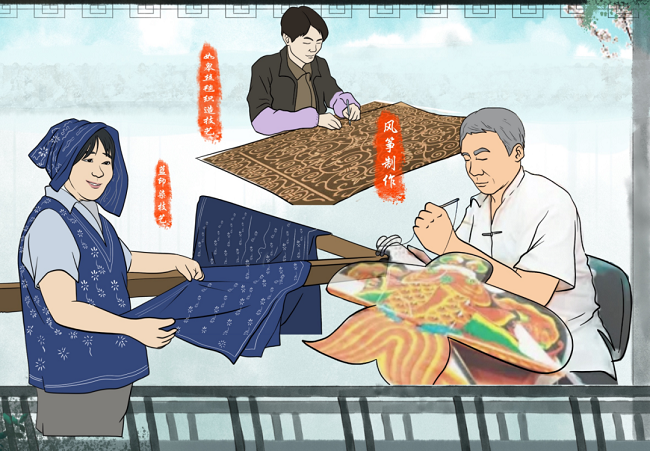
Nantong homespun cloth weaving techniques enjoys a strong reputation both at home and abroad for their exquisite manual weaving, unique dyeing craft, and thick and firm texture.
The 2,000-year-old Rugao silk carpet making techniques were once almost lost, but were recovered in 1973 due to the persistent efforts of generations of craftsmen after the founding of the People's Republic of China.
The Nantong banyao kite, also known as the "whistling kite," originated in the Northern Song dynasty (960-1127) and features paintings, musical design, and modeling.
Nantong's national-level ICH items include traditional fine arts of Nantong emulated embroidery and Rugao bonsai and the traditional medicine techniques of making Ji Desheng snakebite pills and Wang Family baochi pills.
Nantong emulated embroidery, also known as "Shen's embroidery", was created by Suzhou embroidery expert Shen Shou. The embroidery works created by the Shen Shou Art Museum have been presented as national gifts many times in recent years.
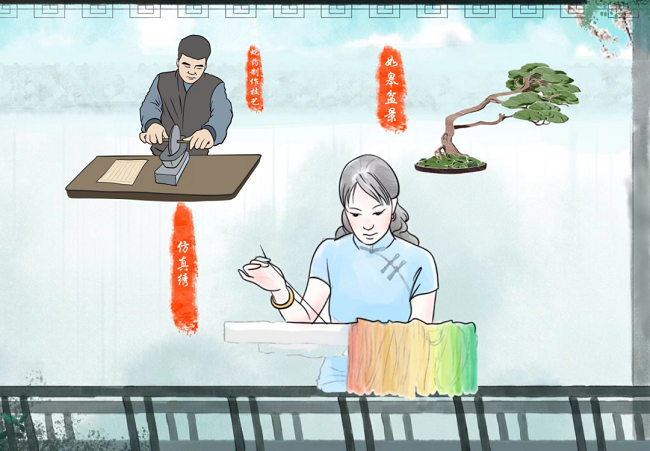
Rugao bonsai originated in the Song Dynasty (960-1279) and is one of the seven major schools of Chinese bonsai art. Over the past four decades, Rugao bonsai has won many awards at home and abroad, making Rugao an important bonsai production base.
Ji Desheng snakebite pills are a traditional Chinese medicine developed from the ancestral formula created by Ji Desheng, who offered the prescription to the government in 1954.
Wang Family baochi pills are also developed from the ancestral formula created by renowned Chinese medicine doctor Wang Luqing, whose grandson offered a prescription to the government in 1957.
Editor-in-chief: Yu Lei
Editor: Wang Yun
Photo by Gu Yao
Translated by Wang Haifei from the Shanghai Waiyuan Translation Agency

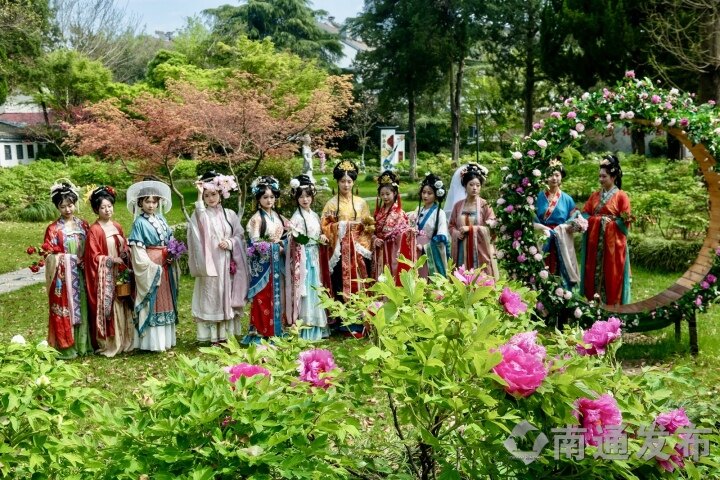
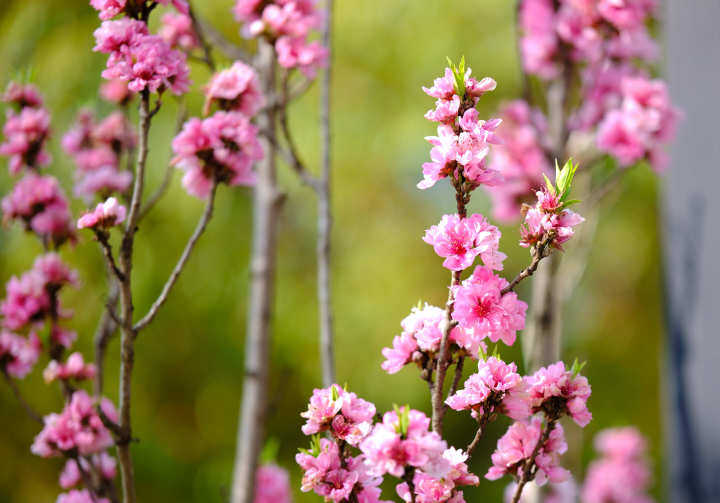
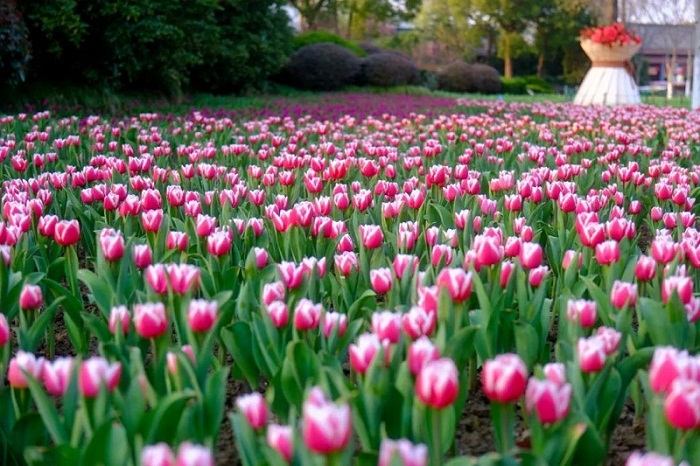
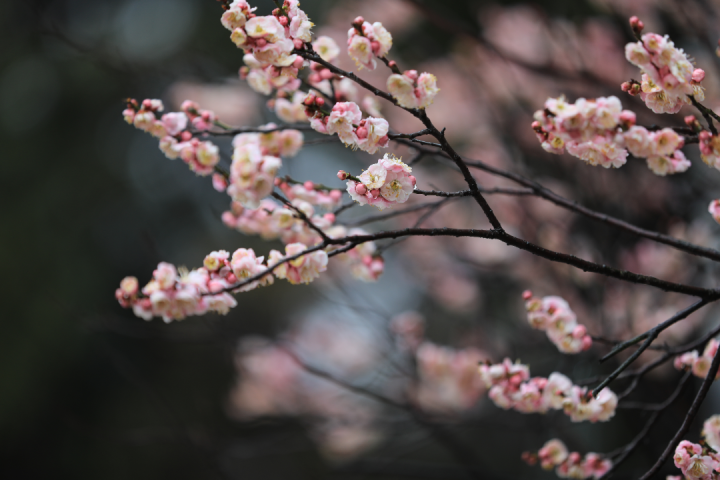
 TRANSPORTATION
TRANSPORTATION EDUCATION
EDUCATION HEALTHCARE
HEALTHCARE USEFUL NUMBERS
USEFUL NUMBERS